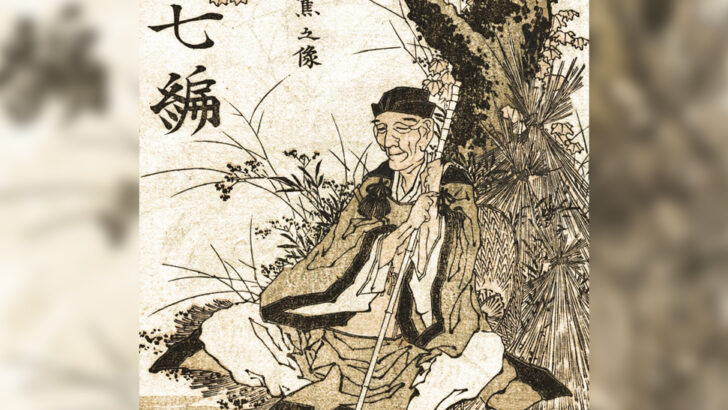A Hundred Roads to Here: Introductions to Meditation
by Donagh O’Shea OP (Dominican Publications, €12.00 / £10.50)
This is a book which will have I think an immediate appeal to those who are attracted to the idea of mediation, but have somehow failed to get the knack of it.
Donagh O’Shea is fully alert to their situation. He is an interesting writer with several books to his credit. One of these is called Take Nothing for the Journey (Dominican Publications, 1990, €11.99), about a three month camping journey in isolated parts of Ireland, which clearly connects up with his latest title.
The new text consists of a hundred sections running to about a page or so. These, he says, need not be read in order, but can be randomly dipped into. And this indeed is the best way, I found, casting up as it does interesting associations and connections.
In his sections he evokes some 36 spiritual writers of very different eras and cultures onwards from Anthony of the Desert (241-356), also known as St Anthony the Great, from whom the monastic ideal comes down. But not everyone who wishes to meditate will be so well read as to have some sense of all these writers.
But they also include the more approachable classic Japanese poet Basho, who died in 1694. He was the great writer of Haiku, those three line, seventeen syllable poems that look easy to do, but are not so easy to write when you try – a bit like meditation.
The point of these poems is to catch the immediacy of a passing moment. The author quotes one.
The old pond.
A frog jumps in.
Plop!
This is a well known poem in Japan, but not the best of Basho’s work. The poet observed that many people could write haiku as good as his own; his skill was in uniting them in a sequence, as he did in that classic work The Narrow Road to the Deep North, the most effective account of his journeys.
I had a friend interested in mediation, who enjoyed writing haiku. I tried to explain to him back then that he should follow Basho’s model and make them part of a journey of his own. But he did not have the discipline to do this. He never did. He could not, so to speak, make up the connections.
Following Basho he could have created “a journey to the interior” – the aim of all mediation. But as Hopkins reminds us:
O the mind, mind has mountains; cliffs of fall
Frightful, sheer, no-man-fathomed …
But the Jesuit’s pain is far from what Basho, and indeed Donagh O’Shea, would want people to experience through meditation.
The journey can be figurative. All that is really required is the ability to sit still in one’s own room. Pascal (who was commented on by one of the contributors to these pages a couple of weeks ago) remarked that “All of humanity’s problems stem from man’s inability to sit quietly in a room alone.” But for a philosopher that may be easy, but not for the rest of us.
As a writer I spend much of my day “alone” in this sense. I take a daily walk, but alone, not with others. This provides me with an opportunity to think – many problems are solved on the roads around our house. But also to observe, not things, not life itself outside of myself, but inside myself. This certainly helps my inner journey.
I feel I have not done full justice to this most absorbing book, which is remarkably free from mere blather, but I can at least from my own contact with Donagh O’Shea in these pages, warmly recommend it to all readers as an aid towards, not reading, but meditating. standing back from what is around one, to grasp what is hidden inside one.


 Peter Costello
Peter Costello
